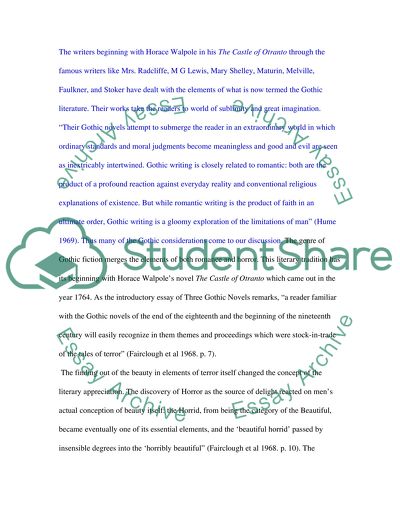Cite this document
(“The Gothic Imagination Essay Example | Topics and Well Written Essays - 2500 words”, n.d.)
The Gothic Imagination Essay Example | Topics and Well Written Essays - 2500 words. Retrieved from https://studentshare.org/miscellaneous/1532500-the-gothic-imagination
The Gothic Imagination Essay Example | Topics and Well Written Essays - 2500 words. Retrieved from https://studentshare.org/miscellaneous/1532500-the-gothic-imagination
(The Gothic Imagination Essay Example | Topics and Well Written Essays - 2500 Words)
The Gothic Imagination Essay Example | Topics and Well Written Essays - 2500 Words. https://studentshare.org/miscellaneous/1532500-the-gothic-imagination.
The Gothic Imagination Essay Example | Topics and Well Written Essays - 2500 Words. https://studentshare.org/miscellaneous/1532500-the-gothic-imagination.
“The Gothic Imagination Essay Example | Topics and Well Written Essays - 2500 Words”, n.d. https://studentshare.org/miscellaneous/1532500-the-gothic-imagination.


